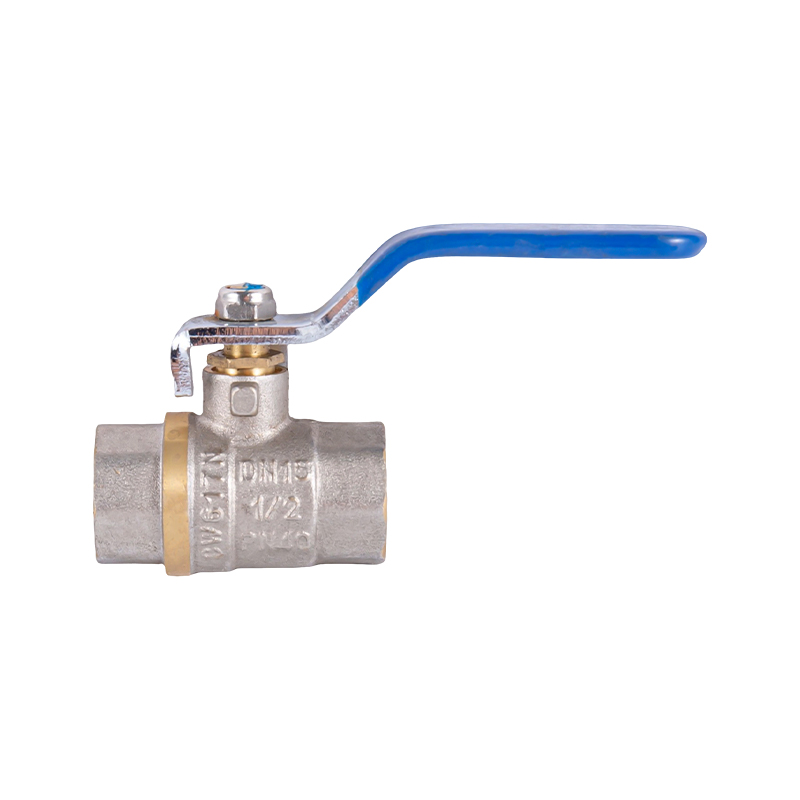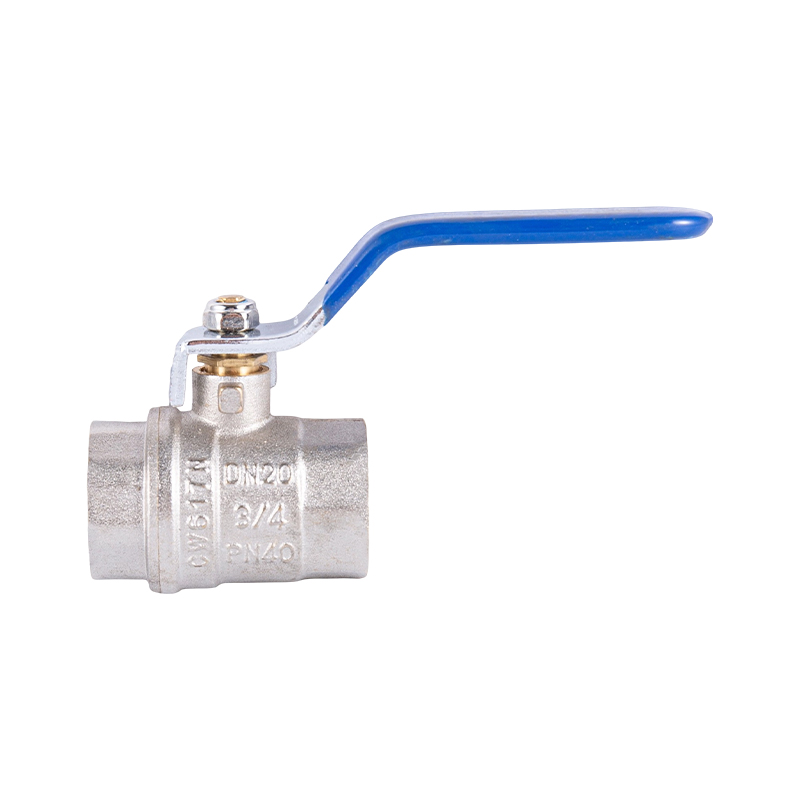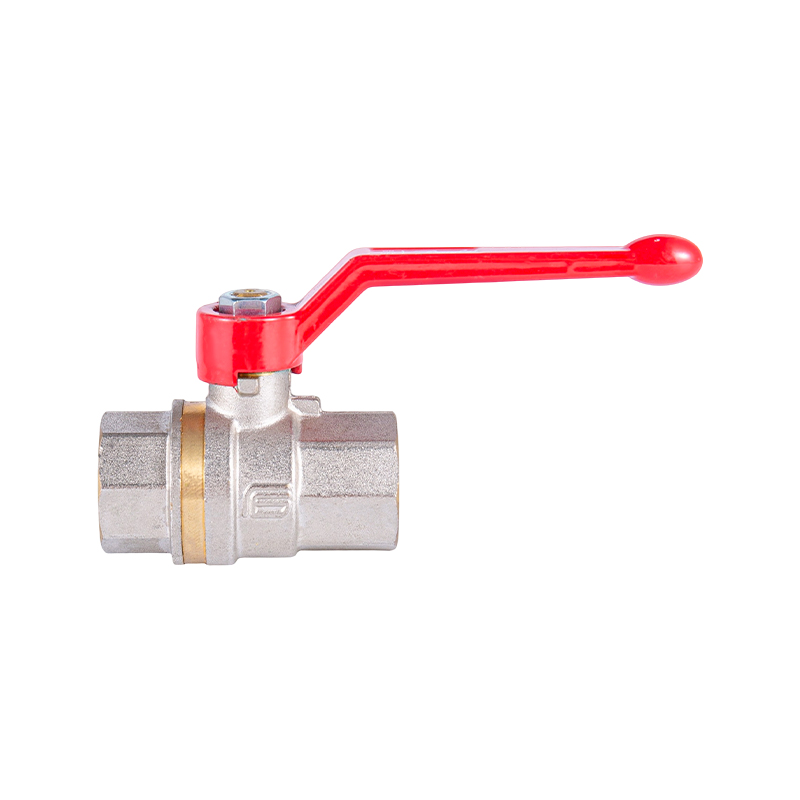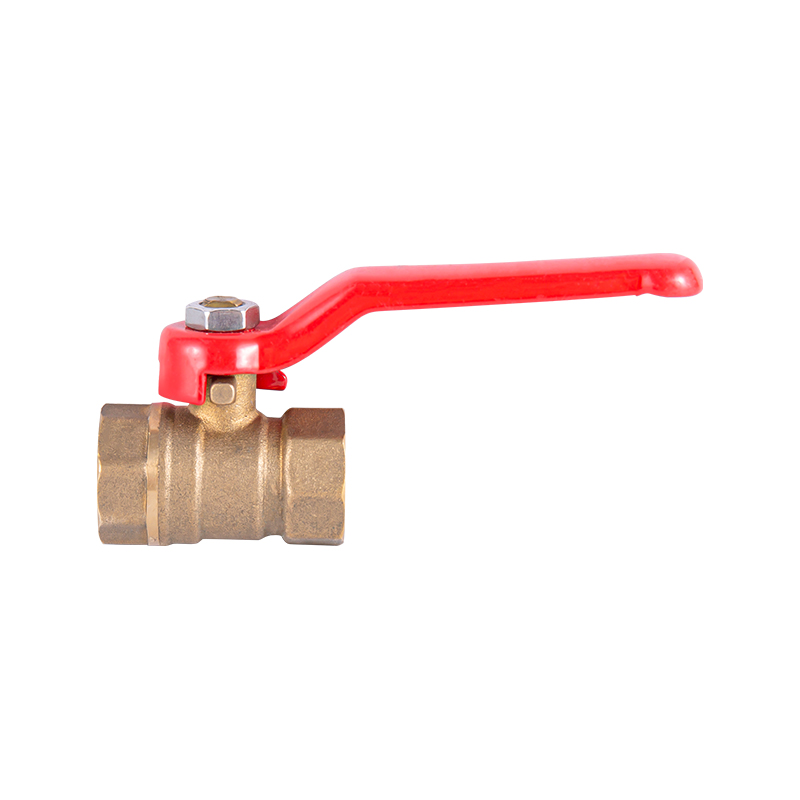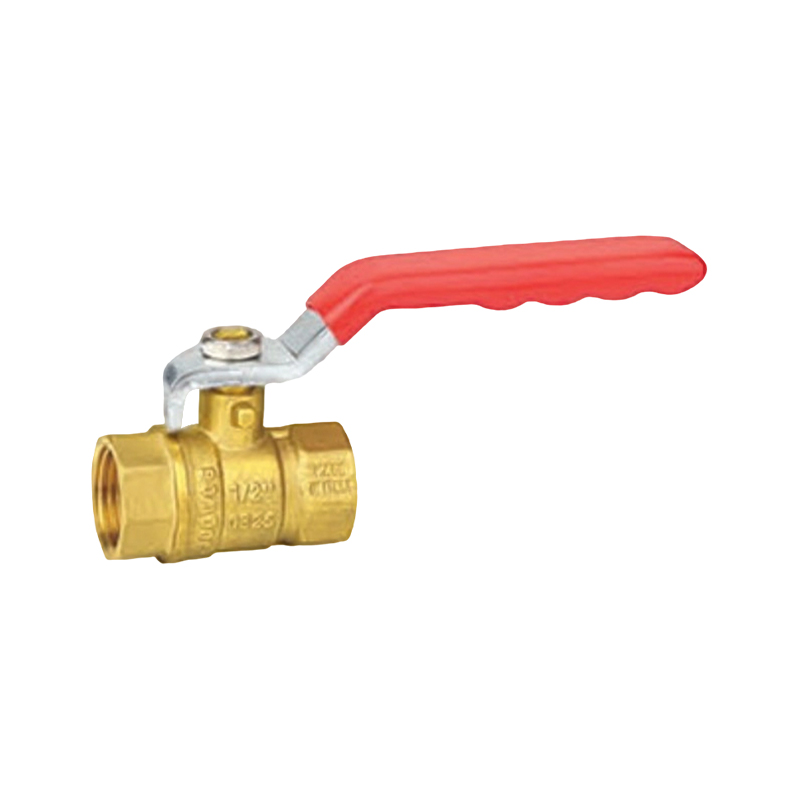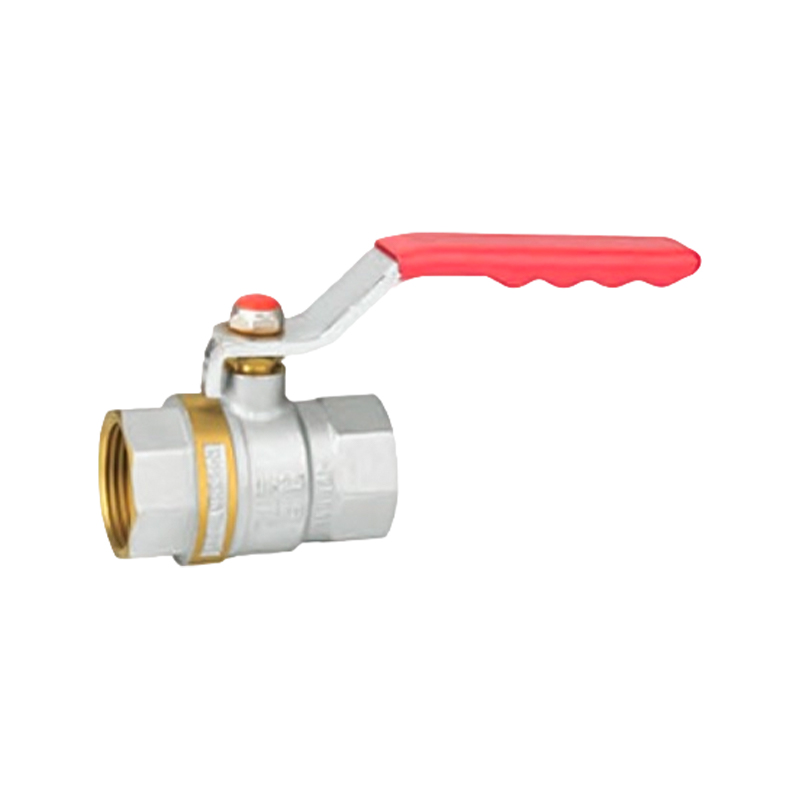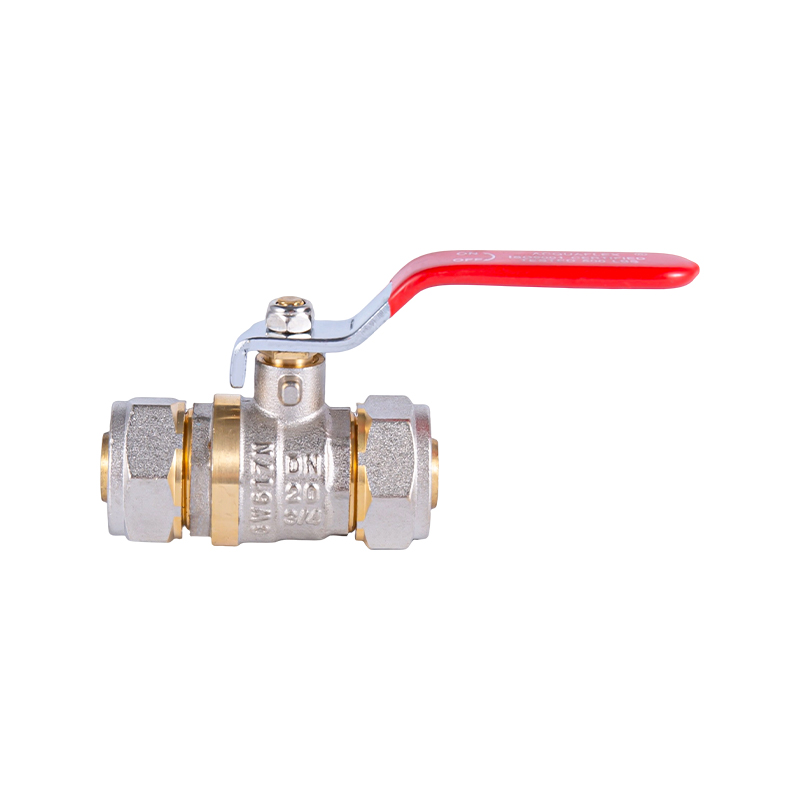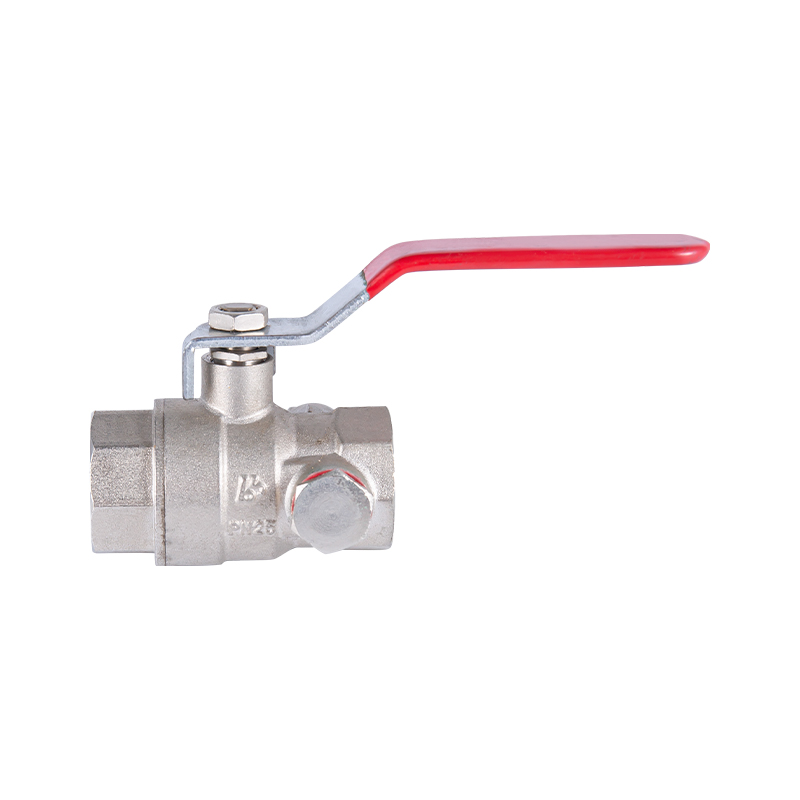Why Are Ball Valves Preferred in High-Pressure Applications?
In fluid control systems, selecting the right type of valve is essential for safety, efficiency, and long-term performance, especially in high-pressure environments. Among the many valve options available, ball valves have become a popular choice for handling high-pressure applications across various industries, including oil and gas, chemical processing, and water treatment. Their reliable sealing, simple operation, and robust design make valves a dependable option when pressure levels are demanding. This article will explore the key reasons why ball valves are so widely preferred in high-pressure systems.
One of the primary reasons ball valves are favored in high-pressure applications is their good sealing capability. The spherical ball inside the valve, with a precisely machined hole, rotates to open or close the flow passage. When closed, the ball forms a tight seal against the valve seat, preventing leaks even under substantial pressure.
This tight shutoff is especially important in systems where leaks could result in safety hazards, product loss, or equipment damage. The dependable sealing nature of valves gives operators confidence in maintaining system integrity at high pressures.
Ball valves are operated using a quarter-turn mechanism—a 90-degree turn of the handle moves the ball from open to closed position, or vice versa. This quick action is particularly valuable in high-pressure systems where immediate flow control may be necessary.
In emergency situations, valves allow for fast isolation of a system section without the need for multiple turns or complex adjustments. This efficiency in operation makes ball valves a practical choice for both manual and automated high-pressure applications.
To withstand high-pressure conditions, valves are typically constructed from durable materials such as stainless steel, carbon steel, or high-strength alloys. These materials offer good resistance to stress, corrosion, and temperature fluctuations, making ball valves well-suited for demanding environments.
Another reason ball valves are preferred in high-pressure applications is their versatility. They can handle a wide range of fluids, including water, gas, oil, steam, and corrosive chemicals. This adaptability means valves can be used in various industries, from petrochemical plants to water treatment facilities, without needing significant adjustments to their design.
Ball valves typically create minimal pressure drop when fully open. The straight, unobstructed passage through the ball allows fluid to flow smoothly, maintaining system efficiency. In high-pressure applications, where maintaining stable flow rates is crucial, this feature gives valves an advantage over other valve types that might introduce greater resistance.
A system with efficient flow control reduces energy consumption and reduces wear on pumps and other components, making ball valves a practical option for energy-conscious facilities.
In high-pressure systems, remote operation is often necessary for safety and convenience. Ball valves are easily adapted for automated systems using pneumatic, electric, or hydraulic actuators. The straightforward quarter-turn operation of valves simplifies integration with control systems, making them suitable for both manual and automated high-pressure applications.
Ball valves have earned their place as a preferred choice in high-pressure applications due to their tight sealing, fast operation, durable construction, and versatility. Their ability to handle a variety of fluids while maintaining reliable performance under demanding conditions makes them valuable components in modern industrial and commercial systems.
Whether in pipelines, processing facilities, or utility systems, valves offer a practical, efficient solution for safely managing high-pressure flow. As industries continue to prioritize safety and operational efficiency, the role of ball valves in high-pressure environments is likely to remain significant.
-
Feedback


 English
English 中文简体
中文简体 русский
русский Email us now!
Email us now!
